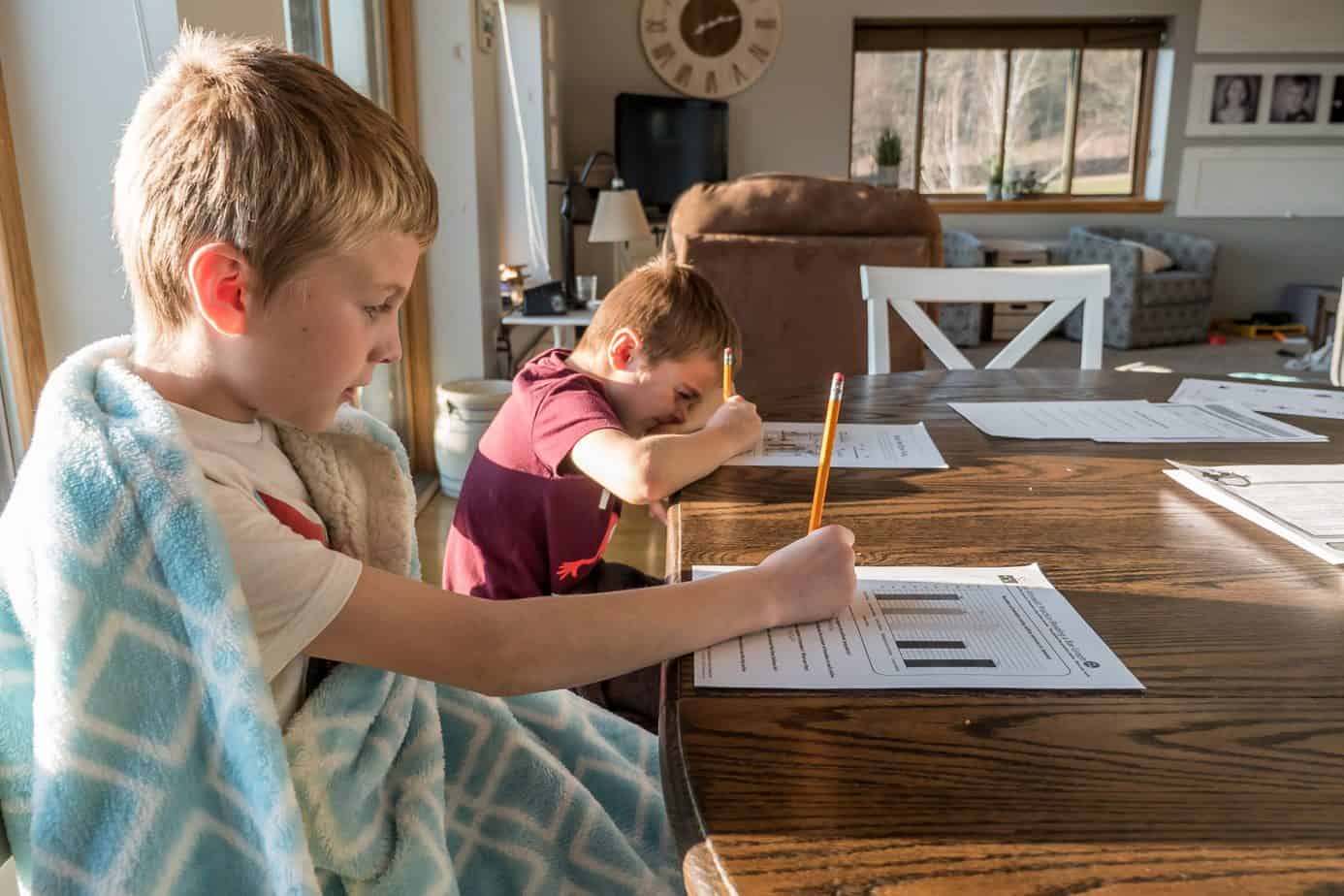


By Anna K. Miller and Niklas Kleinworth
Many parents objected to public school mask mandates and poor virtual learning environments during the pandemic, according to new data suggesting homeschooling is on the rise in Idaho — and the nation.
New data from the United States Census Bureau shows that 11.1% of K-12 students across America are now being privately homeschooled. That’s nearly double the only 5.4% at the start of school shutdowns last spring and 3.3% in years preceding the pandemic.
Homeschooling in the Gem State went from 8% in the spring of 2020 to 10.3% by the fall, a 28.8% increase.
In its Household Pulse Survey, the Census Bureau counted homeschoolers as students whose parents had officially removed them from or never enrolled them in a public school. This distinguishes independent homeschoolers from home-based students enrolled in virtual learning programs.
This Census data confirms previous surveys. The results of a Gallup poll showed that parental satisfaction with their child’s education dropped 10% in 2020 while the number of parents choosing to homeschool their child doubled to 10%.
The trend toward private education does not show any signs of slowing in Idaho.
From 2016 to 2019, Idaho’s population of school-aged children grew by an average of 1% per year. However, 24% of this incoming population attended a private school, private college, or homeschool.
Another driver of homeschool growth in Idaho is that Californians, the largest population of migrants, comprise 30% of private school, private college, or homeschooled students.
The growing population of non-public education students proves families don’t need government help to provide their children with an education suited to their needs. Parents have begun acting as entrepreneurs and creating a more innovative education marketplace.
Parents possess intimate knowledge and have greater flexibility than governments when it comes to understanding their children’s education needs. This knowledge problem is always present in government management of public schools. But a pandemic further disperses relevant knowledge, causing governments to increasingly lack the necessary information to intervene and provide the level of support citizens need. The relevant knowledge in the case of education is at the individual level, because parents interact with their children daily, ask questions, observe homework and test scores, and so on.
Government can only be parasitic in obtaining this information and cannot obtain it at the same intimate level as parents. The pandemic shed light on the failures of public education, motivating parents to experiment with new homeschool solutions to best fit their children's education needs. For example, families in Boise started the Facebook group Boise Micro-School Parent Connection to exchange information and start microschools
Home-based microschools, also known as pandemic pods, have popped up all over the country. According to National School Choice Week, pandemic pods fall into two categories: self-directed and learning support.
In a self-directed pod, parents will un-enroll their child from their current school. Parents can act as teachers in these pods — they choose and create their own curriculum, lesson plans, and methods of instruction. Parents can also hire private tutors. When hiring a tutor is too expensive, some low-income families have pooled their resources to hire a tutor to teach their children in a group setting.
In learning support pods, parents keep their children enrolled at their current school. Under parental supervision, students learn in group settings during school hours and work on class projects and activities provided by the existing school.
Both of these options provide working parents the ability to trade off days of supervision to give them more time to earn a living or do what they would normally do while their child was in school.
These homeschooling innovations show how creative and effective the education marketplace can be if families quit waiting on the government to act.
Parents responded to school shutdowns and pandemic policies with creativity and resiliency. With many schools implementing mask mandates for this fall or the possibility of continued remote classrooms, homeschooling rates are likely to remain high. After discovering the freedom and flexibility of homeschooling it's unlikely families will want to return to an overbearing and ineffective classroom.

